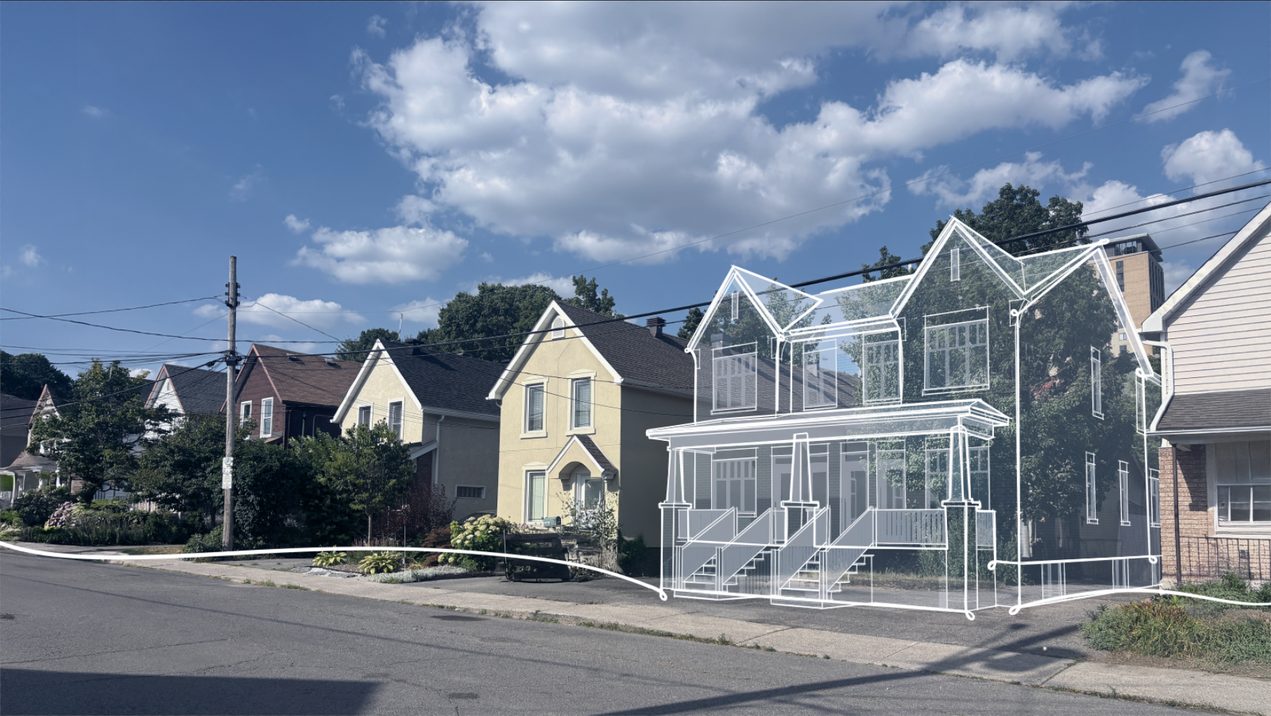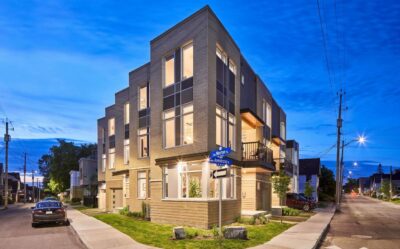This summer was one of the hottest on record, with cities across Canada facing an unprecedented number of days scorching above 30 C. We’re passing on a world literally on fire to future generations. At the same time, our housing market is a hot mess, and the promise of homeownership has quietly slipped out of reach for young people. Instead of handing younger generations housing opportunities and stability, we’ve handed them an environmental catastrophe, and a housing market rigged against them.
What can we do to course-correct and steer away from a looming disaster?
Housing: From possibility to pipe dream
Just three decades ago, it cost roughly six times average income levels to buy a home — a challenging hill to climb, but one that most Canadians could achieve with determination and hard work. Today, that molehill has morphed into a mountain. In hot markets like Toronto, the cost has skyrocketed to roughly 18 times average income levels, turning homeownership into a pipe dream for all but the wealthiest.
So how did we get here?
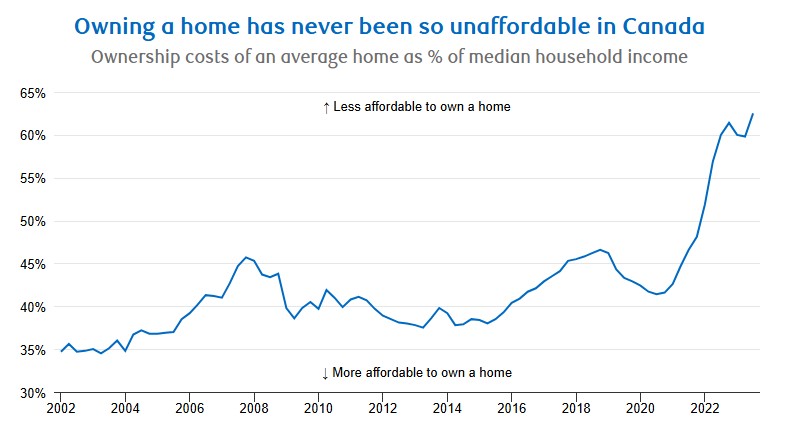
Looking back to post-war Canada
Between 1941 and 1949, in an effort to house returning veterans and their families, the government of Canada poured money into creating thousands of small, wood-framed homes. Many are saying, “If we managed to do it then, surely we can do it again!” But this dangerous oversimplification is “white picket thinking.”
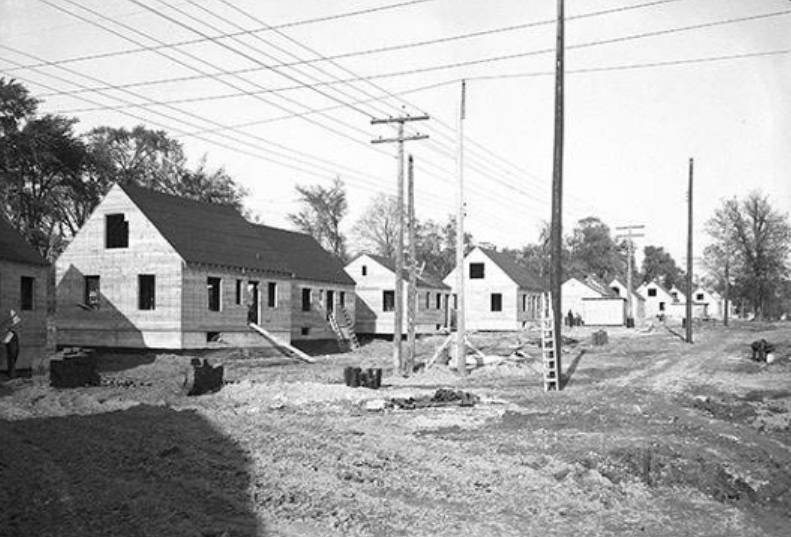
The “Victory Houses” were often just 1,000 square feet, with two bedrooms. Their uninsulated basements were not intended for living and walls and roofs had limited insulation or air tightness. Built under minimal regulation, these new neighbourhoods replaced natural landscapes and farmland.
And on top of the environmental injustice, these sprawling low-density neighbourhoods generate minimal property tax revenue today, saddling municipalities with ongoing costs for servicing and infrastructure upkeep. They depend heavily on cross-subsidies from denser, economically vibrant downtowns and industrial areas to cover their expenses.
In other words, these neighbourhoods are fiscal burdens passed down to future generations, who will need to pay higher taxes but receive fewer services in return.
Under great constraint comes great opportunity
We’re not repeating that era, nor should we. Today, we demand higher standards: Better building envelopes that conserve energy, stronger environmental protections, and smarter urban design.
But even though we’re under a different set of pressures, there’s still potential for innovation. In fact, many great solutions are born out of constraint and necessity.

Take the story behind one of Canada’s most beloved chocolates: M&Ms.
During wartime, chocolate was an important morale booster for soldiers, but in warm climates, it would melt before it reached them in the field. Forrest Mars, Sr., noticed soldiers of the Spanish Civil War were given small chocolate pellets with a hard coloured shell. It was this ingenuity that led him to patent the idea in the United States and create the popular candy-coated chocolate that we know today.
New solutions for low-rise housing in Canada
Faced with today’s affordability crisis, it’s time to embrace innovation in our own field to create housing opportunities. Thoughtful low-rise, multi-unit infill in already-serviced neighbourhoods is our sugar-coated eureka moment.
While it might not be as exciting as M&Ms, this idea is actually one of the most exciting urban planning news stories today, and carries the potential to grow our housing supply and strengthen municipal finances. What’s equally important is expanding the variety of low-rise housing options available in our communities. It’s a win on all fronts.
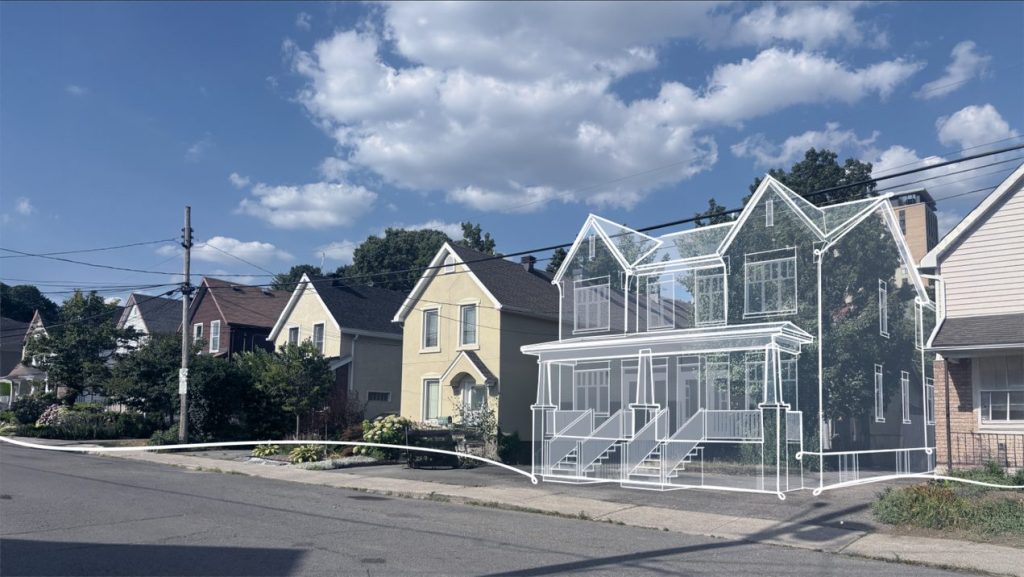
Check out this smart design for an eight-unit building on a 50- x 100-foot lot above. It’s one of BuildingIN’s housing catalog designs, and it’s attracting attention in Moncton, Smith Falls and Perth. It includes one-, two-, and three-bedroom units, and includes one accessible unit:
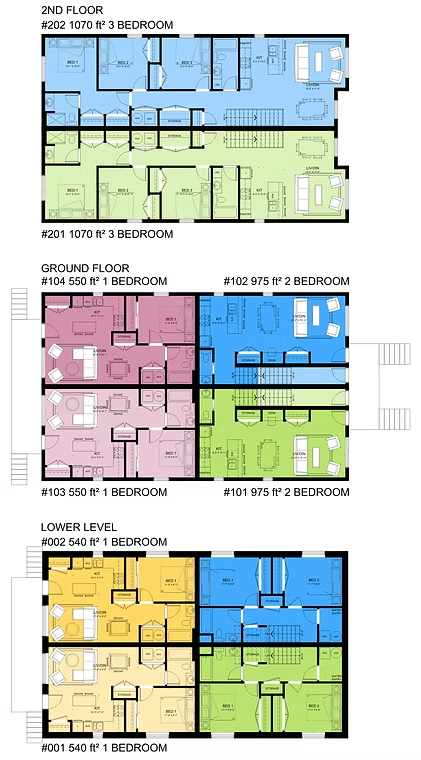
It’s a smart build because it’s structurally simple with lots of repetition. It uses the bright half-basement for dwelling units and maximizes all interior space. Each unit has a dedicated entrance, so there’s no shared interior space, which is costly to maintain. It’s a simple wood building and can be built with panelized or volumetric modular construction.
In most Canadian neighbourhoods, this design is not zoning compliant, and most communities need neighbourhood parking to support housing like this. But if we care about generational justice, it’s time for Canada to take a closer look at solutions that open our existing older neighbourhoods to younger generations — and a greater variety of households.
This is our moment to broaden the spectrum of housing choices; our moment to create homes that are affordable, accessible and attainable for the next generation. It’s our moment to weave equity into the fabric of our communities.
